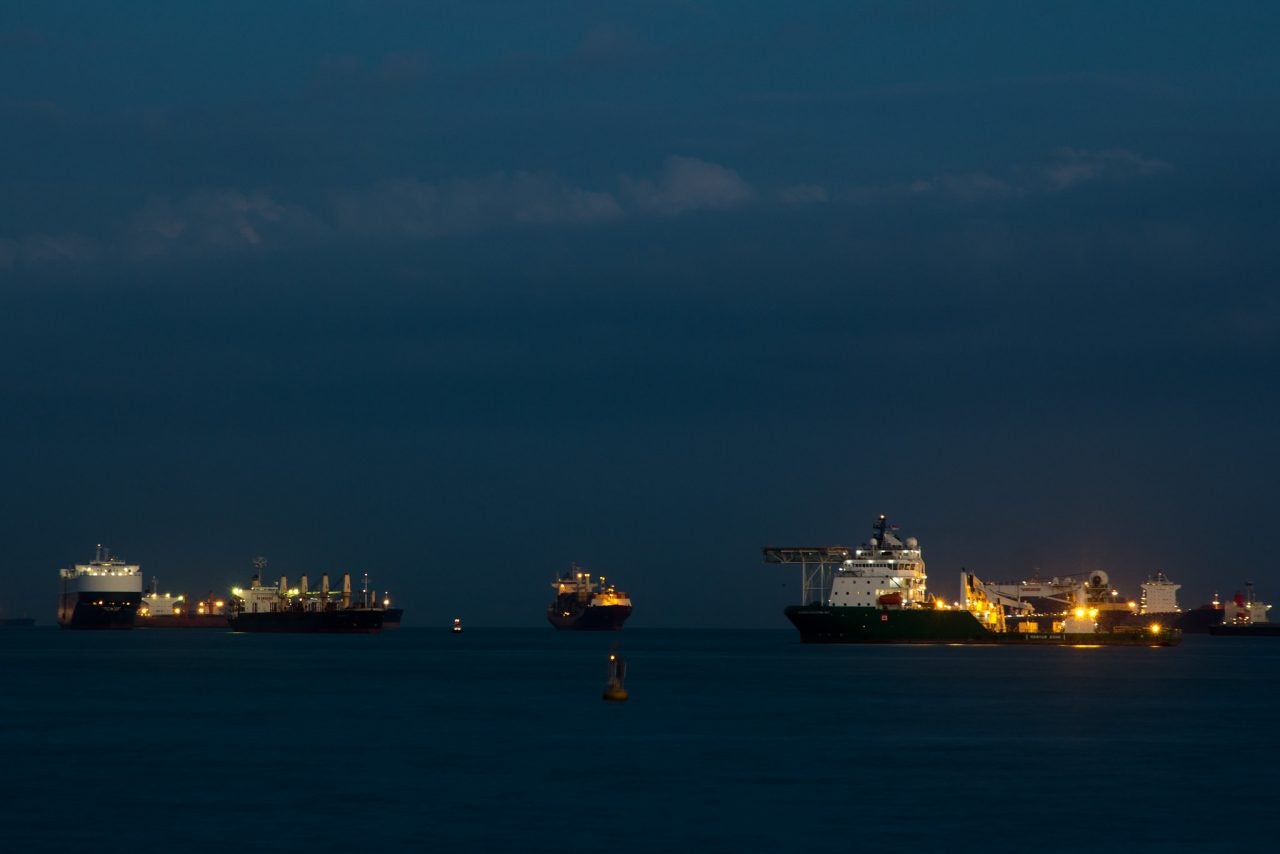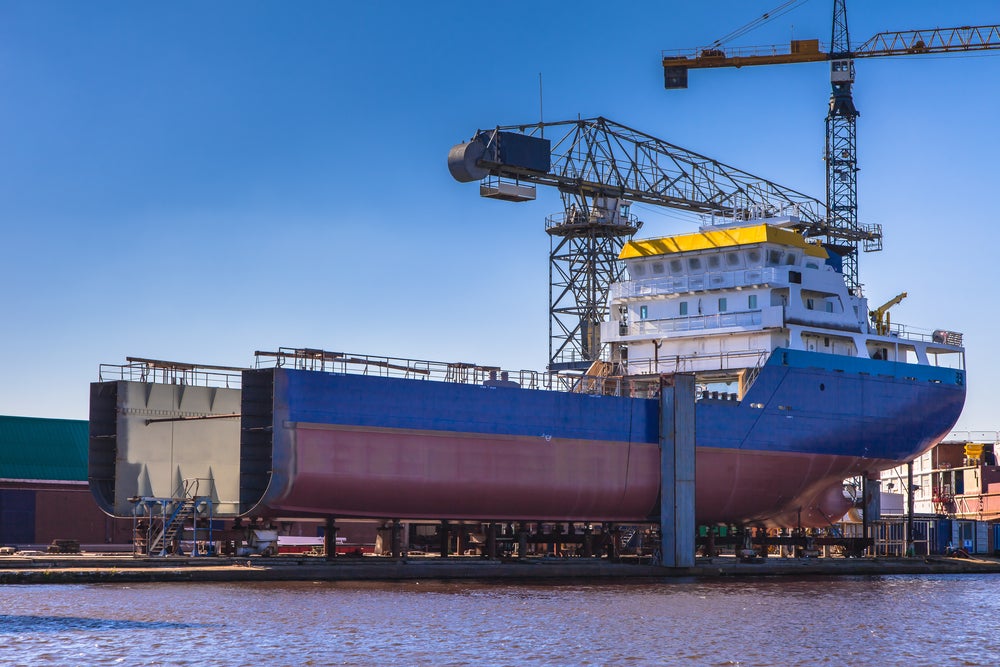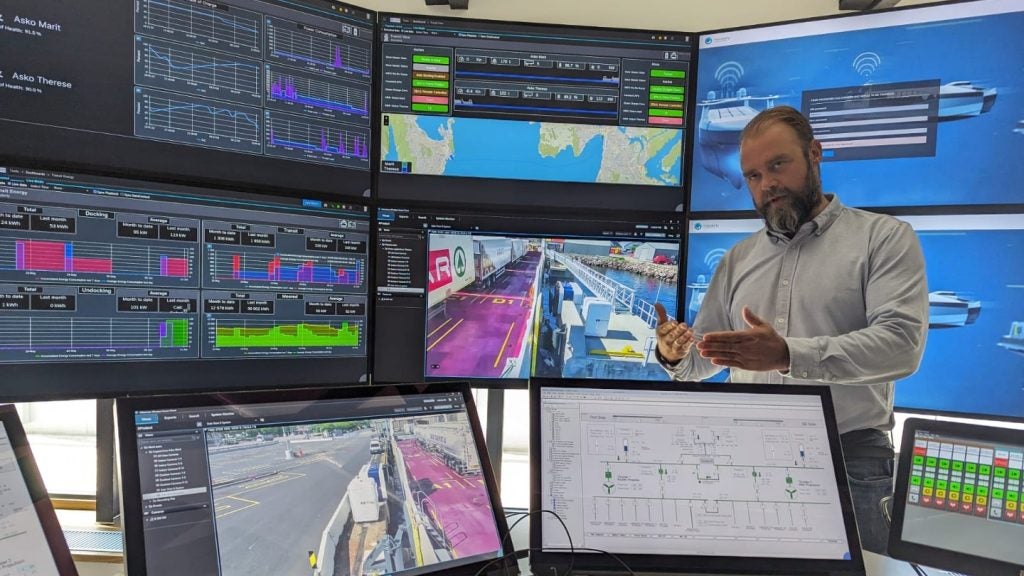
Linking the Strait of Malacca to the South China Sea, the 113km-long Singapore Strait has been one of Asia’s focal shipping routes for centuries. Before the age of European colonialism, the strait was considered an important trading zone, as it connected the Indian Ocean to China.
Since the arrival of Europeans and the founding of Singapore in 1819, the strait has become one of the busiest in the world, with a traffic volume of around 100,000 vessels per year.
In the last couple of years, the Singapore Strait has also seen an increasing number of pirate attacks. According to data from the Regional Cooperation Agreement on Combating Piracy and Armed Robbery Against Ships in Asia (ReCAAP), in 2019 a total of 31 piracy incidents took place in the strait, compared to seven recorded in 2018.
The latest incidents took place between 25 and 26 October, when three ships moving through the Strait’s eastbound lane were approached by armed robbers. With these attacks, which took place within intervals of two hours, a total of six incidents were reported in October – the highest number reported in one month.
Despite attempts from Japanese and Singaporean authorities to combat piracy – the situation is worsening, with a growing number of incidents – 28 since January with the inclusion of the October attacks – causing concern for shippers in the region.
How well do you really know your competitors?
Access the most comprehensive Company Profiles on the market, powered by GlobalData. Save hours of research. Gain competitive edge.

Thank you!
Your download email will arrive shortly
Not ready to buy yet? Download a free sample
We are confident about the unique quality of our Company Profiles. However, we want you to make the most beneficial decision for your business, so we offer a free sample that you can download by submitting the below form
By GlobalDataSingapore and the wider Asian context
Pirate attacks that take place near Singapore differ profoundly from those happening in the rest of the region, not only in terms of motive but also with the perpetrators. DWF head of marine and shipping Jonathan Moss explains that most of the attacks that take place are carried out due to economic reasons.
“Singapore is a very rich island state,” he says. “The vessels docked in Singapore are of considerable volume and weight, and the goods transported are very valuable. I suppose it’s more of a goldmine than other areas in Asia.”
Brittany Damora, a kidnap, ransom and extortion expert at security consultancy Schillings, defines the piracy taking place in the Singapore Strait as “opportunistic and unaffiliated”, because pirate groups in the strait don’t pose a direct challenge to the internal stability of countries.
“Unlike the rebel groups that operate near the coast of Myanmar or in the southern Philippines, most of the piracy in the Singapore Strait is unaffiliated with any sort of armed group,” says Damora.
Another difference is that pirates in the Singapore Strait usually don’t tend to harm crew while in other areas kidnappings are more frequent.
Abu Sayyaf, an Islamist separatist organisation loosely affiliated with ISIS, is one of the groups that has carried out attacks in the Philippines for years. Founded in 1991 to seek independence for the Filipino Muslim minority, Abu Sayyaf uses kidnap for ransom as its modus operandi.
“Three-quarters of the attacks carried out in Singapore were levelled cap 4, meaning that pirates were not armed and no crew on board was harmed,” she adds. “Whereas, in the Philippines, you’re going to see more hostage-taking [situations]. It’s a far more persistent threat because it wants to affect the country’s stability.”
Why here, why now?
Even though there has been an increase in attacks, maritime security company ARC COO Max Williams explains that the area has always been affected by a certain amount of crime, with the number of incidents varying each year.
“About five years ago, there was an increase in piracy and hijacking of small tankers with the pirates siphoning off cargo. However, there has nearly always been theft and robbery against all types of vessels in the area,” says Williams.
The reasons for this include the strait’s geographic location, with lots of islands that are difficult to police effectively, high traffic volumes and socio-political factors.
“Piracy is always reflective of social and economic conditions in the area,” he adds.
“So if there is an issue with unemployment or other problems, such as depleted fish stocks, maritime crime can offer a means to earn a living.”
According to Moss, another influencing factor is complacency. “It’s as if this can’t happen in the Singapore Strait, that maritime piracy is an issue for the east coast of Africa, in particular the Gulf of Aden and Somalia,” Moss explains.
“Compared to areas in the African continent that are now familiar with acts of piracy and take steps to avoid it, [in the Singapore Strait] there doesn’t seem to be the know-how or a willingness to engage, [resulting in] a lack of enforcement.”
Has Covid-19 had any effect?
Whether the current Covid-19 pandemic has had an impact on piracy or not is something experts are still debating. Whilst some believe that coronavirus wasn’t a pull factor, others – including Damora – think the pandemic had a big role in the increase of attacks.
The re-allocation of resources has indeed been one of the biggest consequences of the pandemic. “This results in a decline of maritime surveillance and cooperation by littoral states,” says Damora. “[The pandemic] has also called a global trade nosedive which increases poverty and encourages more criminal acts, in particular opportunistic ones, at sea.
Another element that the pandemic brought up is the cutting down of crews and safety measures, which made companies operating vessel through the strait more vulnerable to criminals.
“I think that the oversupply of crude oil due to the decline in economic activity is also relevant, as it has pushed many companies to resort to offshore storage and floating tankers due to insufficient storage on land,” she explains. “Low and slow is the ideal target for piracy.”
The future of piracy in the strait
Given the current circumstances, experts believe that attacks won’t decrease, leaving crews to pay the price. “Security often takes a back seat to other concerns, but it is the crew members who really suffer from attacks on vessels,” comments Williams.
“Even if there is no confrontation or theft that is not noticed until later, it is, at a minimum, extremely unpleasant to know that someone has been on board the vessel, your home, and stolen your property.”
If the industry wants attacks to decrease, it needs to take clear enforcement measures. Fundamental steps include making sure that an alarm is sounded in the event of an attack, implementing a single entrance/exit policy and carrying out specific threat assessments.
Things will not settle down, says Damora, until the countries that overlook the strait recover from the economic downturn caused by the pandemic. “Until that happens, there’s going to be people looking for jobs and people looking for alternative sources of income and, unfortunately, some of that is criminality at sea.






